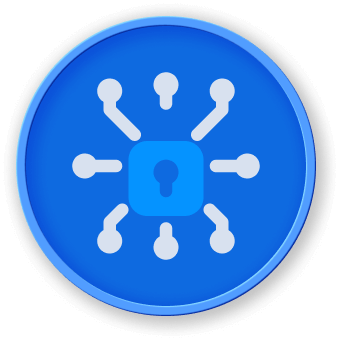Introduction
In the intriguing and evergreen realms of Cyberland, there lived a wise and powerful queen named Althea. Her kingdom was a paradise for technologists and cyber security enthusiasts, renowned for its impenetrable defenses and advanced technology. However, even in such a secure paradise, threats loomed from the digital shadows. To safeguard her realm, Queen Althea issued a royal challenge to her subjects. The quest? To master the art of stealthy reconnaissance using Nmap SYN scans - a skill that could unveil the weaknesses in Cyberland's defenses without alerting adversaries. The ultimate goal of this quest was not only to fortify Cyberland but also to nurture and discover the next generation of cyber guardians.



